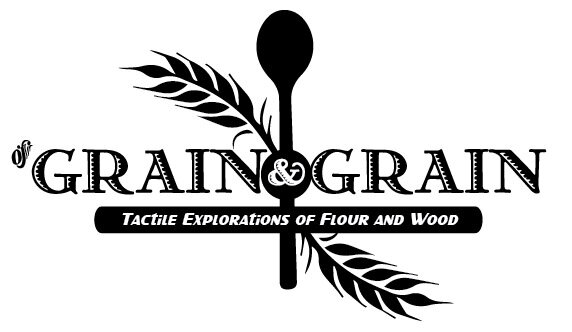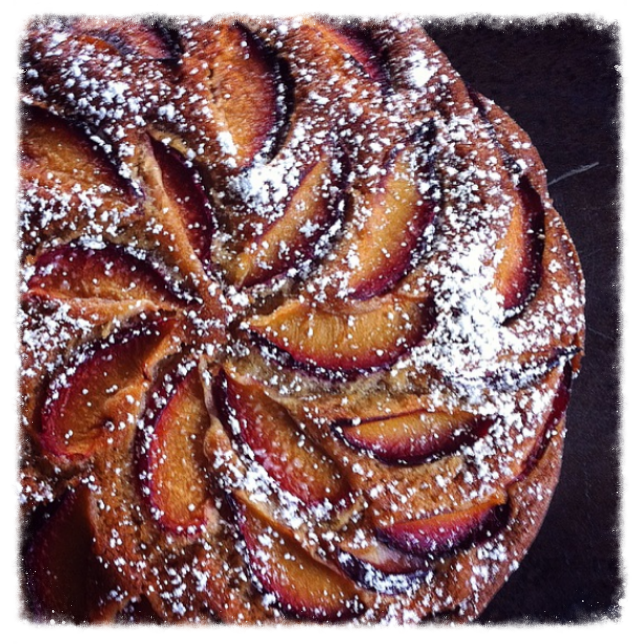Cultured Butter Pie Crust Recipe
Using cultured butter in your pie crust is a great way to enhance your pie dough cause, lets be for real… Quality crust comes from using quality ingredients and banging butter don’t disappoint! Throw in the addition of cream cheese and you got recipe for culinary success. It’s a crust where texture meets flavor. Where Mmmmmm is matched with yum… And who are we kidding? Pie is always about the crust! So why not park the pie recipe for a moment and let crust have its moment in the spotlight! Seriously, I made hand pies instead of traditional pie because, crust, Crust, CRUST! It’s really all about the crust! That’s a pie’s foundations so it needs to measure up.
As I mentioned, there are two critical ingredients that make this crust a gem:
1. Cream Cheese- For those of you already familiar with the thrills of cheddar cheese as a crust addition, then you will be excited to learn that cream cheese can similarly add depth to your flavor profile. It also works to enhance the texture of the crust by adding lightness to the dough. It responds like butter and is easily kneaded, so this is an obvious win!
2. Cultured Butter- Does “cultured” really make a difference? Is it worth the higher price tag? I would say “yes and no.” You can certainly use regular butter in this recipe but if you want to stand out from the crowd, then cultures (aka: probiotics) are key, as they are truly magic makers, when combined with prebiotics which are commonly found in fruit and grains. Cultured butter also has a higher fat content and is therefore lower in moisture which helps the crust in attaining that light and flaky texture. (Ugh... and don’t get me started on “fat is bad” blah, blah… If you still subscribe to that line of thinking, you can brush-up on your nutrition knowledge here.)
Ingredients:
- 2 cups flour
- Pinch of salt
- Pinch of sugar
- 1 cup cultured butter (unsalted)-softened
- 8 oz package of cream cheese- softened
Directions:
- In a bowl combine the flour, salt and sugar and set aside.
- In another bowl add the butter and cream cheese and mix thoroughly till combined.
- Once mixed, slowly add your dry ingredients to the butter/cream cheese mixture, working it together to form the dough.
- After the dough is formed and all the ingredients are fully incorporated, divide the dough in half and form two round disks.
Cover in plastic wrap and refrigerate for an hour or until you are ready to use.
*I used one disk to make a bunch of the hand pies in the image above, and the other to make a top and bottom crust for a more traditional version of apple pie. Both were good, and really just a decision based on time. If you have the time, attempts some hand pies! They are fun and different.
Final Thoughts
Cultured foods like yogurt, kimchi, miso and kombucha have gained popularity after science has determined that live bacteria help support the development and maintenance of healthy gut flora. Yes, it is possible that those bacteria are no longer living after baking but their contribution still plays an important role when it comes to flavor. Baked or not, cultured butter deserves a spot in any kitchen! You can always attempt your own version with this recipe. And if you really want hand pies, well I have a recipe for that too!






